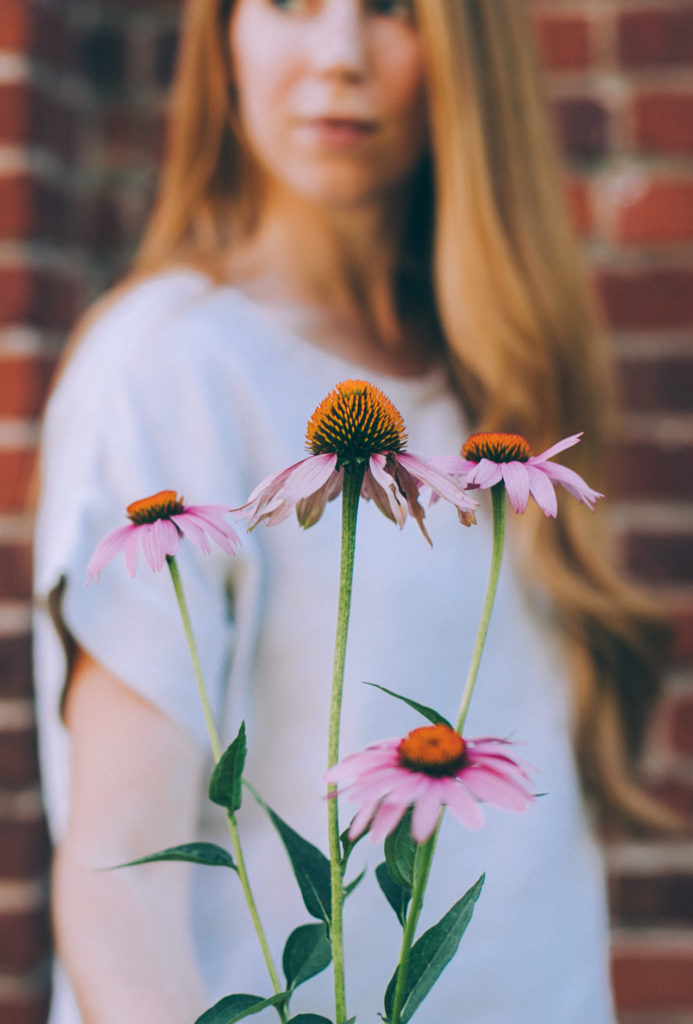
If you haven’t been privy to the pollinator discussion within the past few years, consider getting the the know. This is a topic that’s near and dear to my heart and has been for about ten years now. Our partnership with pollinators is a true symbiotic relationship, meaning we need them and they need us, and right now we humans are really dropping the ball in taking care of our much needed local and global aerial companions (and their habitats). Pollinator species are responsible for spreading botanical genetic material for helping plants reproduce which, long term, sustains our entire ecosystem and allows our sprawling population to feed ourselves. Over 75% of the flowering plants on earth need help with cross pollination (including over 1200 crops), and our aerial pollinators serve this vital (and often nearly invisible) task. Critters like bees and bats and butterflies and beetles and hummingbirds visit flowers (and pollinator gardens!) during the growing season, and carry bits of pollen from flower to flower, allowing these botanical species to reproduce and flourish. These flowering plants not only feed us, they also feed the pollinator animals and are essential for our mutual survival. If these plants don’t reproduce each year – they don’t come back, and eventually neither will we. It’s estimated that one out of every three bites of food that we eat is due to a pollinator species making that possible.
Think about that. And realize how we can easily take that for granted when we hardly ever see that happening in front of our eyes.
That’s why I plant a pollinator garden every single year my garden. I want to serve the species, and I want to always be reminded of how important this process is by contributing what I can, and witnessing the process every day.
My next door neighbor has a twenty year old established bee colony living in the walls of her house, and she doesn’t seem to mind, which is awesome. As soon as I began planning the garden five years ago, I made it a priority to plant as many native plant pollinator species as I could to keep these bees happy and provide them a diverse amount of pollen and nectar. I chose native plants for the obvious reason that they attract native (ie – local to my region) pollinator species.
I chose plants that flower at different times throughout the season, so there’s never a lack of flowers to visit. Salvia and echinacea and Joe pye weed and nasturtiums and milkweed and butterfly bushes are just a few of the pollinator plants we tend to each year here in Virginia.

I also make a conscious effort to plant our pollinator plants in giant masses, or clumps, with lots of different flowering colors as this better helps to attract all different types of pollinators (like bees and bats and beetles and butterflies and hummingbirds etc.) rather than just putting one single plant here and there. Masses of flowers not only look gorgeous….but soon you’ll start to hear them humming once they’re all in bloom!
How – To Plant Your Own Pollinator Garden
Figure out the native plant species in your area, and try to plant 5-10 different species that flower throughout the growing season. You can keep it as neat and tidy, or as wild and weedy as you like – but always keep it as colorful as possible!
Learn what native pollinator species are in your area and what their favorite plants are! If you can, consider setting up a small apiary or contacting a local beekeeper to learn more about how you can support your local colonies.
Don’t use chemical pesticides in your yard – ever – if you can avoid it. Chemical pesticide use is one of the leading suspected causes of colony collapse disorders.
Create a small, sunny (ideally fairly open) space for your pollinator garden. Aerate your soil and throw some compost down. Sow your seeds and make sure to check when to plant each species for optimal growth.
Keep a place for water outside (either in a bird bath or another small space) for the pollinators to drink.

Additional Resources:
Plant For Pollinators – what you should plant for your zone (US & Canada)
Gardening for Pollinators from the US Forest Service
Learning more about Colony Collapse Disorder from the EPA
How to create a nesting site for pollinators to enhance their native habitats
Do you have a pollinator garden in your own space? I’d love to see it! Share your garden on instagram with the hashtag #myotherhouseisgreenhouse and let us know what’s going on in your garden space!








